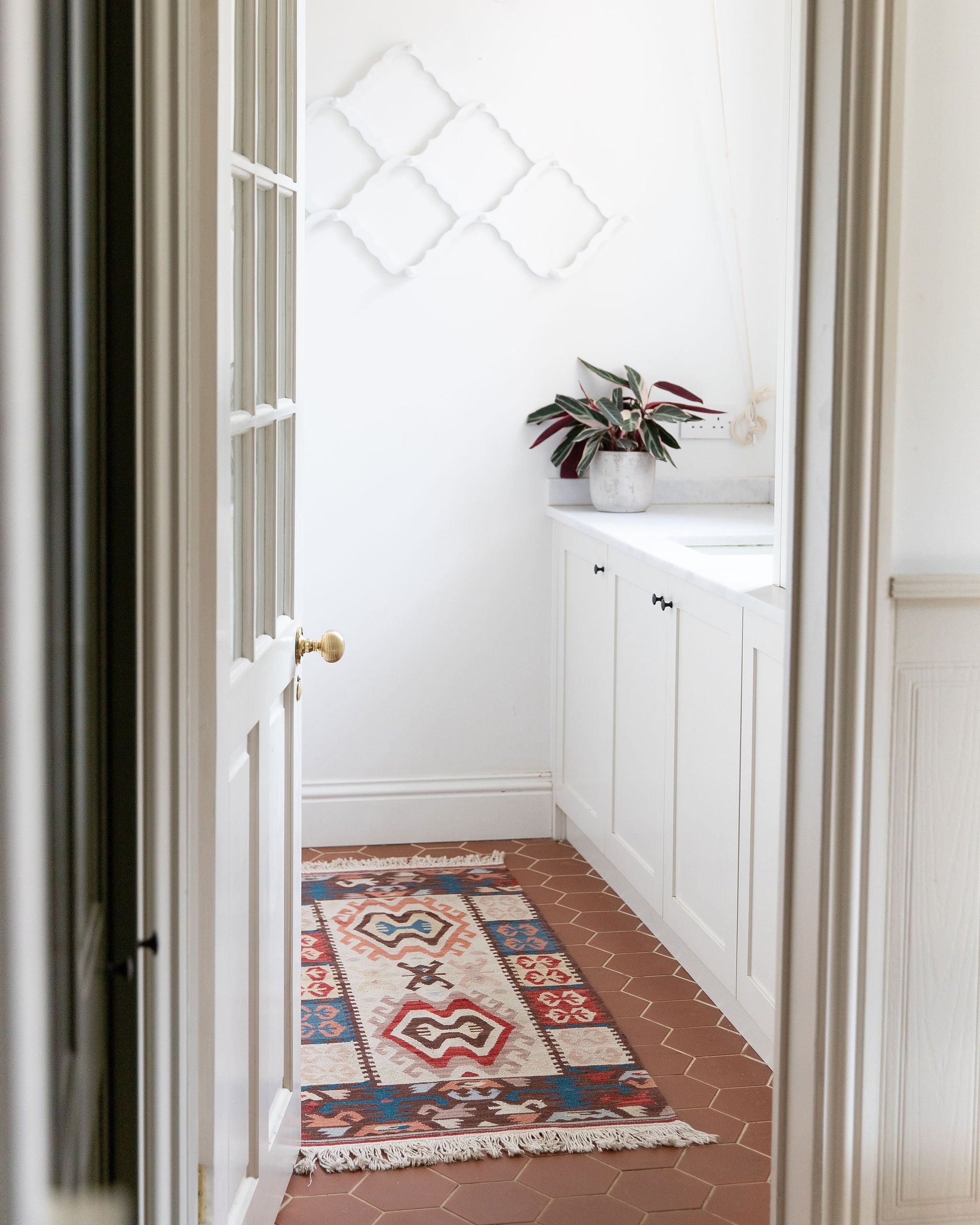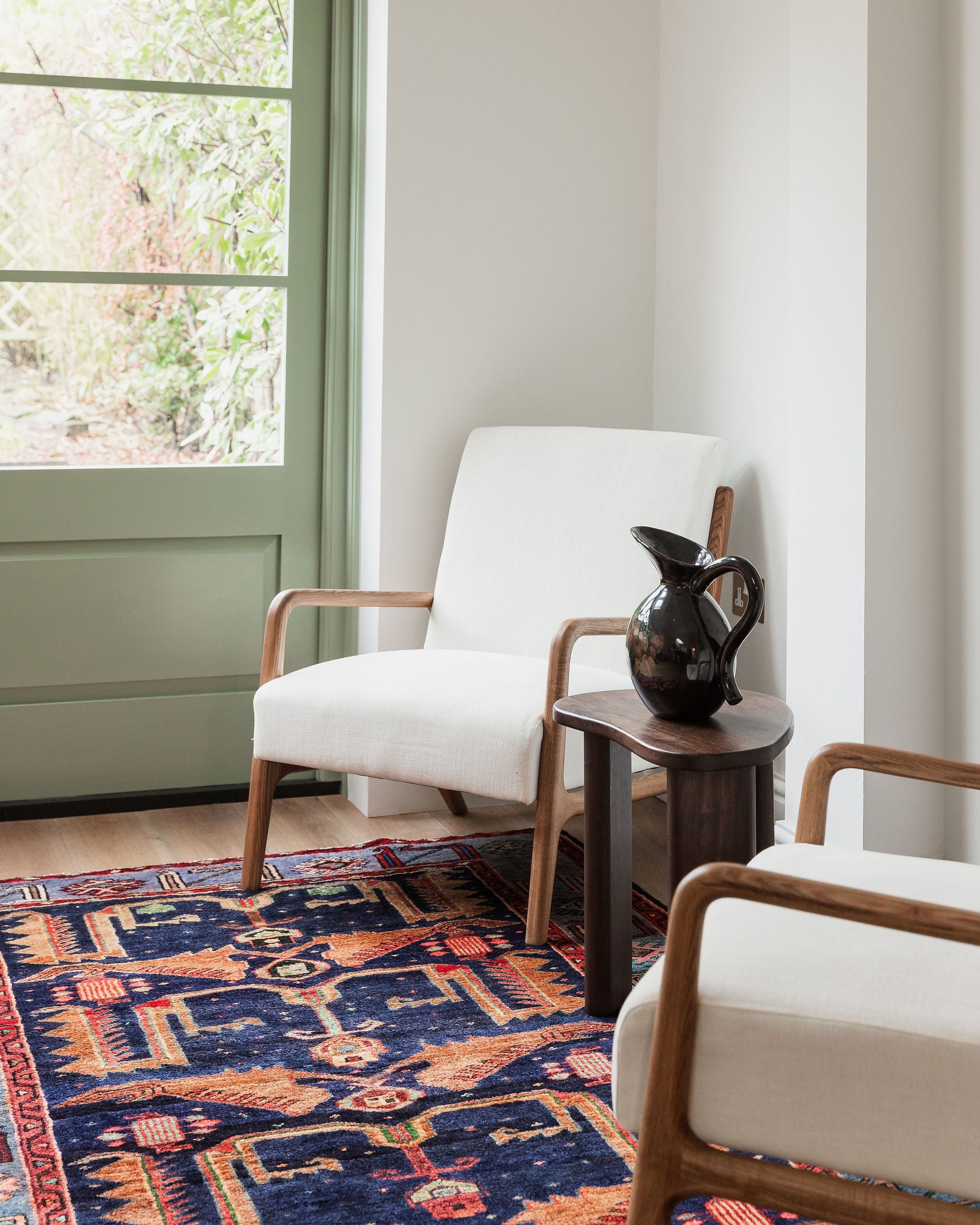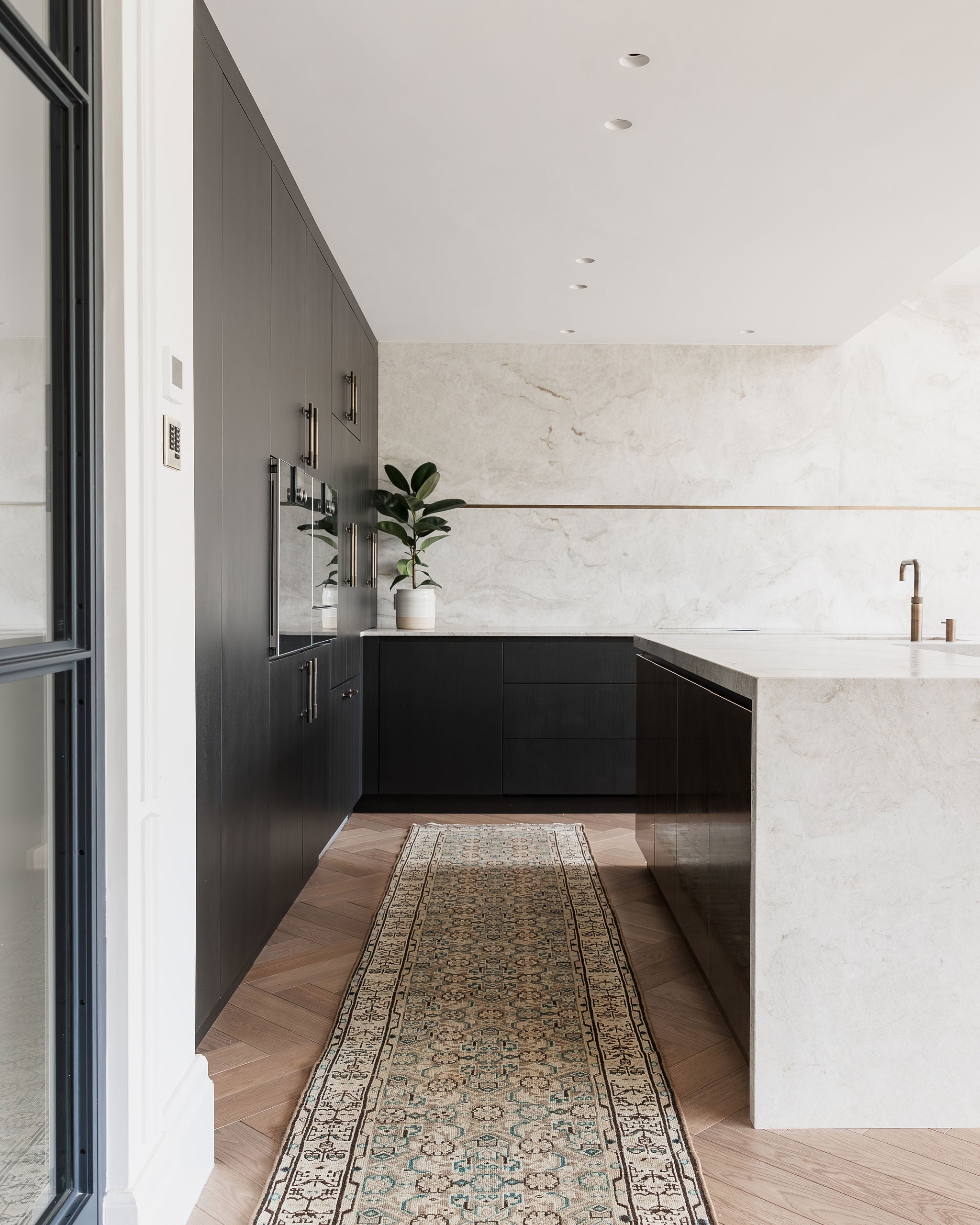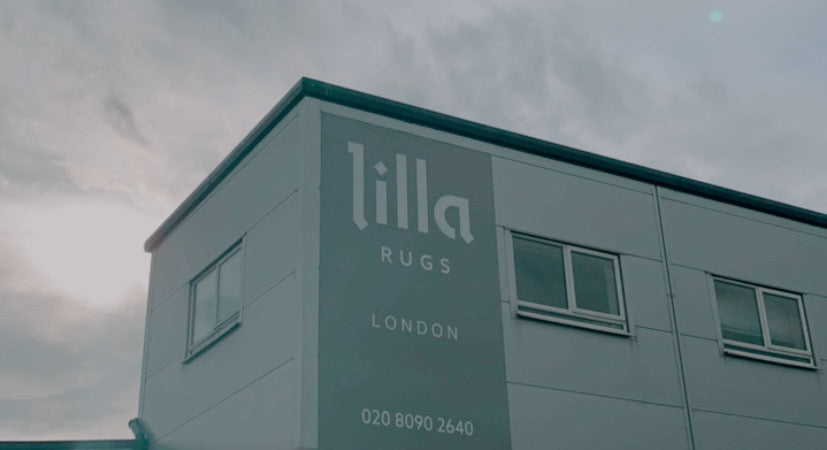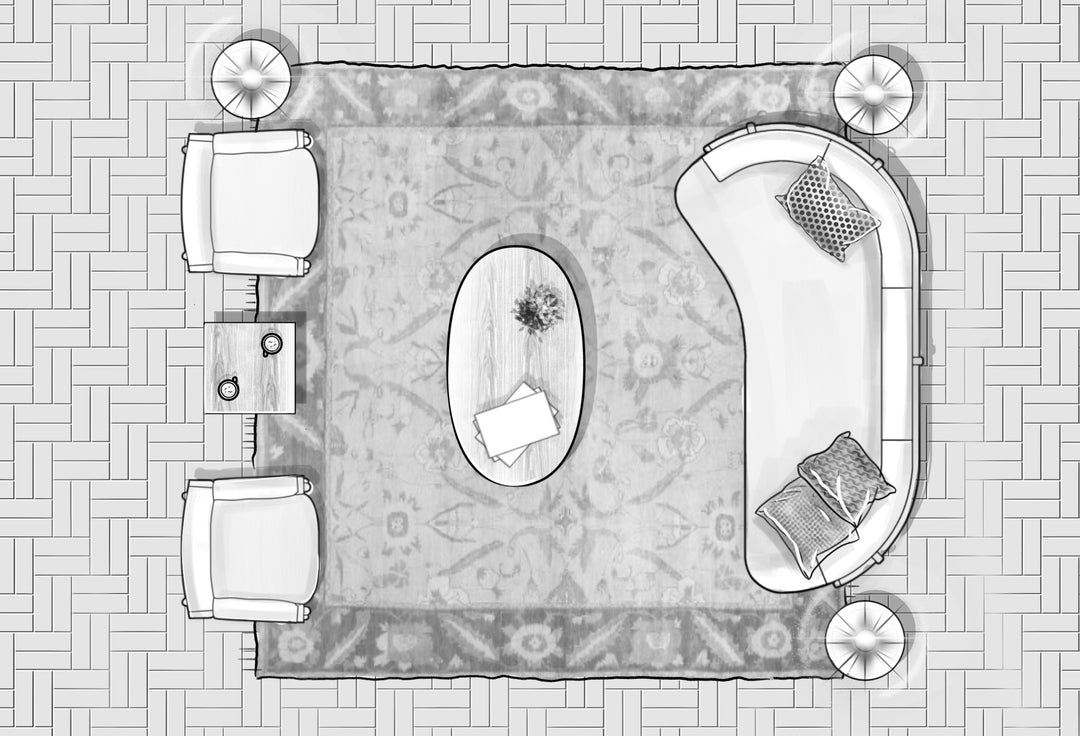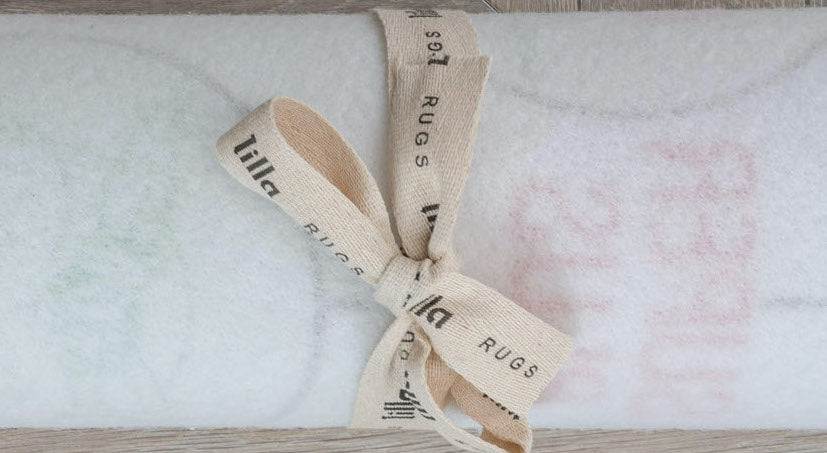Upcycling: Persian Overdyed Rugs
As you all well know, I am a huge lover of Persian rugs, in their original forms. However, as you may have seen in my Persian Rug Encyclopedia, they do come in so many different styles and not all of them suit interior trends of the moment. There are some villages in Iran that are known for their creation of bold reds and block floral designs, that unlike the subtleties of the likes of Persian Kashan rugs, Persian Nain rugs, and Persian Vintage & Antique rugs, are rugs that struggle to sell due to their outdated look.
One type of rug (with the exception of certain Vintage pieces) that falls into this category is the Persian Kerman rug. Kerman is an ancient city in the south-east of Iran. It's famous for its high-quality handmade rugs, especially in large sizes, and are known for their floral designs.

What some of the Persian Kerman rugs look like before they are upcycled & enter our Persian Overdyed Collection
Being the daughter company of a family business, Lilla Rugs has benefited from the strong relationships with weavers over in Iran. My father has spent over 30 years working on these ties, which enabled us to find the best Overdying process in the country. You will see many 'overdyed style' rugs around, some made in Pakistan, India, Turkey and elsewhere. The quality of these is completely different to that of the Persian Overdyed rugs we have created. This is mainly down to the rugs that are chosen to be upcycled in the first place. That said, they are brilliant options if you are on a lower budget, as they are of course lower in price.
The wool of the Persian Kerman is softer than others and of a high standard in terms of quality. Why does this matter?
Well, the way the Overdyed process works is:
- The original rugs to undergo the upcycle process are carefully hand-selected. They need to be in a good condition (no tears/ damages), and of course need to be made from natural materials (you cannot overdye rugs with synthetic materials). The Kerman rugs are handmade with a wool pile and a cotton foundation.
- They are then colour neutralised & soaked, to strip the harsh tones of the original dyes. This process sometimes needs to be done numerous times, dependent on how strong the original colours were.
- They are then dyed over with a new colourway - giving them fresh life. Every piece will take to the colour differently. It depends on the original rug, the mix of dye, the weather conditions, and much more. This process is laborious, taking 3 or 4 months to get to the desired colour. The answer to the above question is that the wool has to be of a good quality, as it simply takes to this process better and gives a softer and more desirable finish.
- The pile will be shaved now in places, to give the rug a more distressed and vintage feel. This varies per rug - some are more worn than others.

The same dye colour would have been used on these two rugs, but they are never exactly the same when complete. A charm that is maintained in the process: your rug will never be the same as anybody else's, each piece is completely unique. Left to right: TALLIE, TRIXIBELLE, LAYLAND.
What I love about the Overdyed rugs collection is we are able to give new life to rugs that are out of style. It is such a cool and great way to recycle and reuse a rug that would otherwise be dead inventory. It also gives good support to weavers in these areas. As all Persian rugs are recognisable by where they have been made in the country, those that are out of style would simply not be purchased. We are still able to buy these rugs, supporting the weavers, and upcycling to produce something that is now widely used in the UK (& beyond) and particularly loved by Interior Designers. They are softer in colour and design, and so are easy to work into most rooms.

Featured: Close Ups Left to Right: WEST & ROCHELLA - Bottom Left: AUSTEN (Now Sold) - Right: DREAMS.
Architectural Digest made a valid point in a recent article that discusses the "uptick in popularity of the [overdyed rugs] look" that has, unfortunately, "led to a decline in the quality of overdyed rugs on the market. Many vendors are keen to take cheap, undesirable rugs and shave them down on purpose to give them a distressed look before overdyeing... Sometimes they'll even cut up other rugs to add "patches."
If you have any further questions about our Persian Overdyed collection, please do reach out.
Here are some of our favourites:


PRYCE, FREYA & NARA


